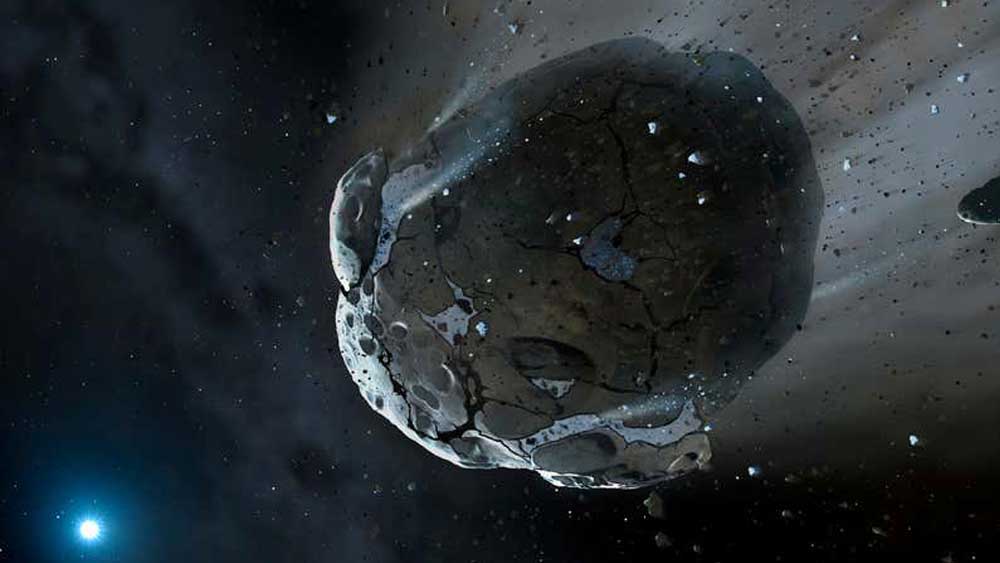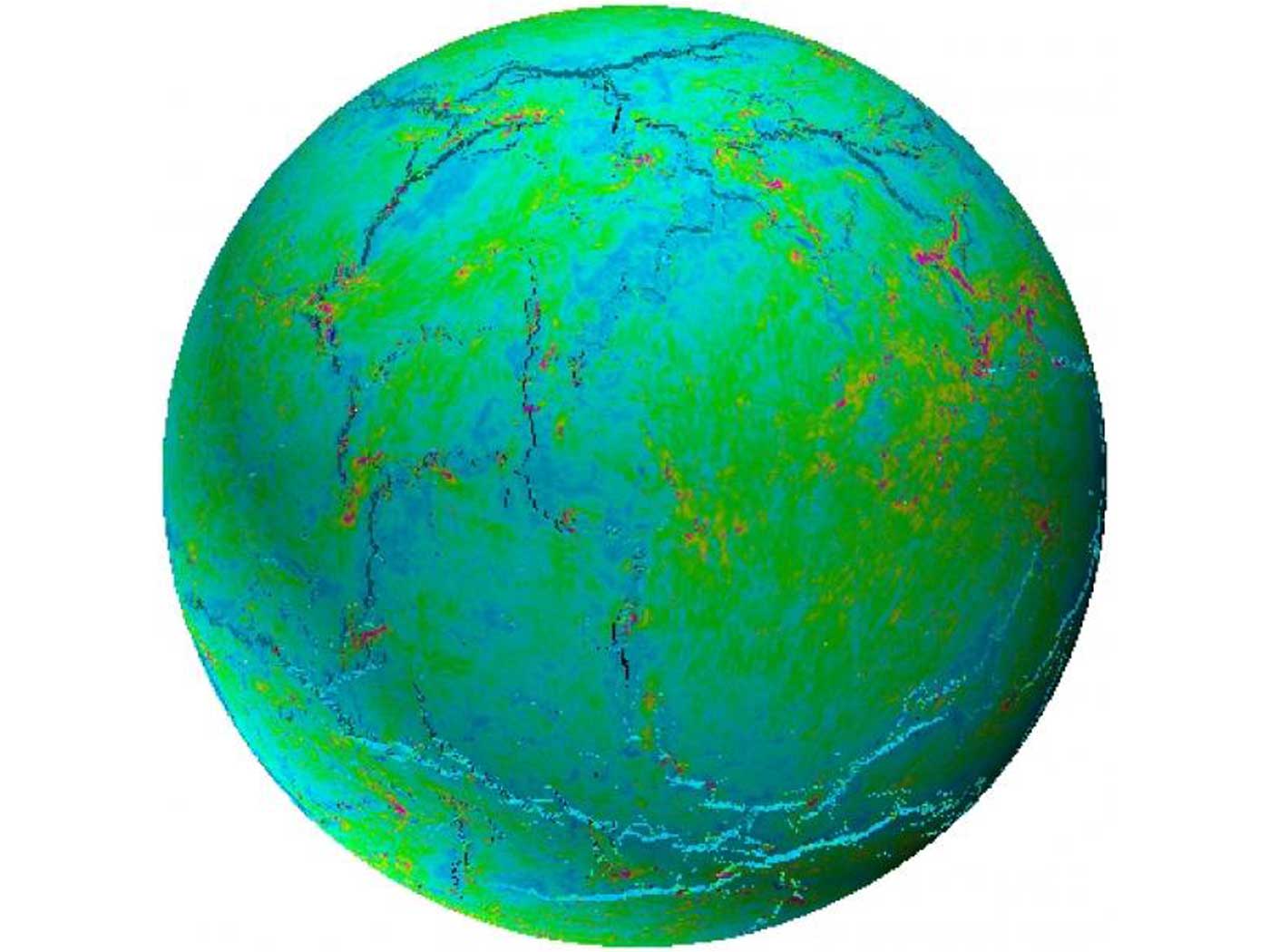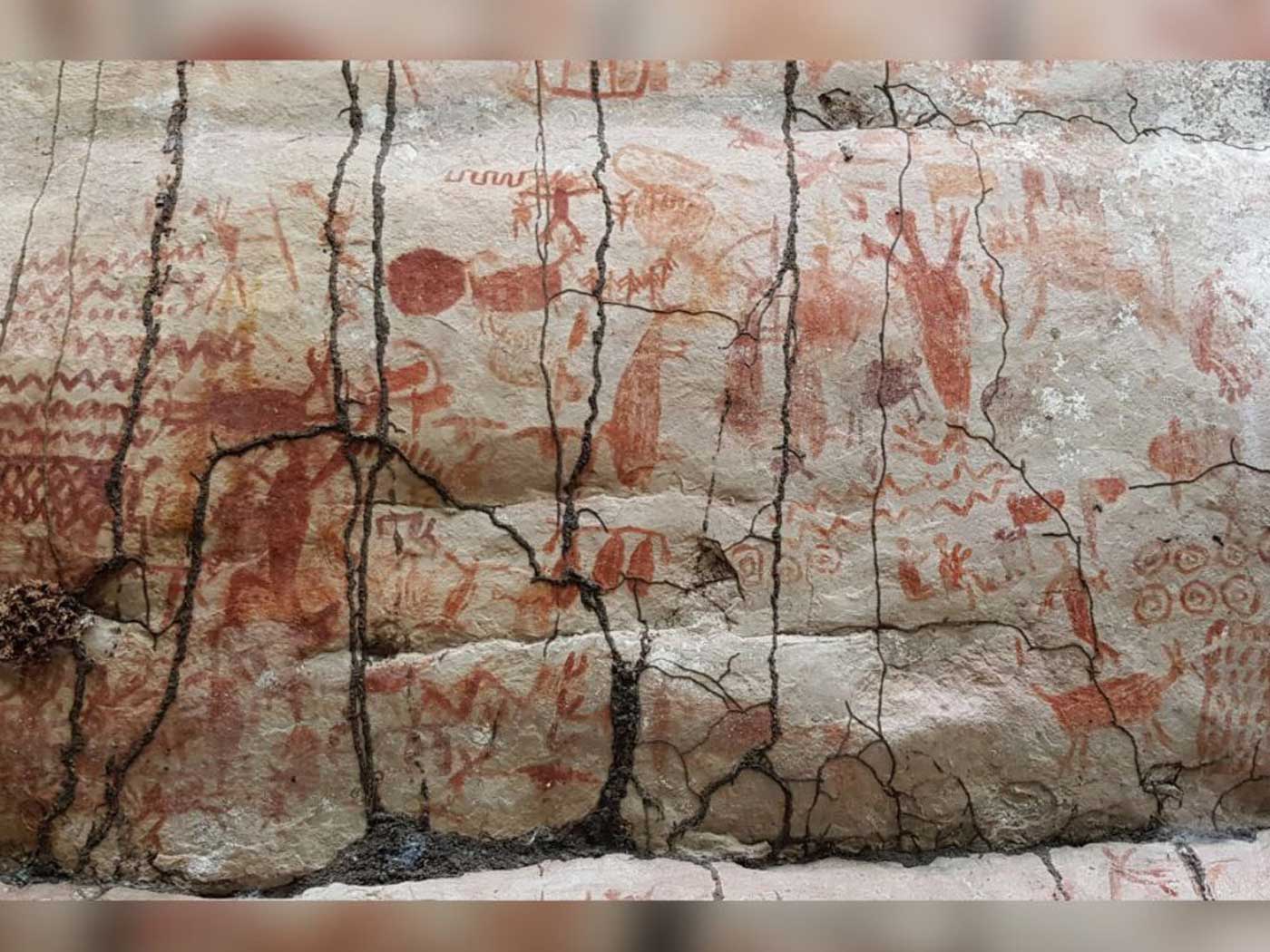Tim Clarey, Ph.D., and Jake Hebert, Ph.D.
Secular scientists continue to struggle to explain the origin of Earth’s water. And a new study published in Science calls into question their previous assumptions and earlier expectations.1
By comparing the chemistry of a rare kind of meteorite to the chemistry of Earth’s rocks, the researchers concluded that Earth apparently had abundant water right from the start—in fact, possibly enough to fill the oceans three times over.1,2 That primordial Earth had water should not come as a surprise to Bible-believing Christians who know that God created a watery Earth at the beginning of creation week. But it apparently wasn’t what these scientists were expecting.
Lead author Laurette Piani from the University of Lorraine, France, and her colleagues explained the reason for their study: “The origin of Earth’s water remains unknown. Enstatite chondrite (EC) meteorites have similar isotopic composition to terrestrial rocks and thus may be representative of the material that formed Earth.”1
Enstatite is a fairly common mineral found in igneous and metamorphic rocks on Earth. Enstatite chondrite meteorites are fairly rare, comprising about two percent of all chondritic (or stony) meteorites. Secular scientists assumed that these meteorites contained no water as the nebular hypothesis predicted they formed in the hottest part of the inner solar system.1
The authors of the new paper studied 13 enstatite chondrite meteorites and found they contained far more hydrogen than what has generally been assumed. Moreover, the hydrogen-stable isotope ratios were a close match to the rocks in Earth’s mantle, which comprises about 80 percent of Earth’s volume.1 Hydrogen, of course, is one of the two chemical elements in water. Piani stated that, “These meteorites are one of the best analogues we have for Earth’s building blocks, and they are not as dry as we thought. This water was probably in the building blocks over the whole formation process of Earth.”2
Uniformitarian scientists have long assumed that Earth’s water came from the slow addition of carbonaceous chondrite meteorites containing hydrated minerals that came from the outer, cooler part of the developing solar system, where water was believed more abundant.1 This proposal from Piani and her team contradicts that scenario, implying that water began to accumulate on Earth right from the beginning of Earth’s formation. In the secular story, Earth started out in a hot, molten state. Wouldn’t these high temperatures, as well as the heat from these supposed meteorite impacts, vaporize much of this primordial water, contradicting these new findings?
Secular scientists have proposed different mechanisms over the years to explain the origin of Earth’s water (arrival via carbonaceous meteorites, arrival via comets, or even resulting from the collision that supposedly formed our moon). That they are still proposing new mechanisms today shows that none of these explanations are very convincing.
Despite their erroneous reasoning, Piani’s team seems to have stumbled on a truth that most Bible-believing folks already knew: the early Earth was full of water.
In Genesis, God tells us exactly how he created the Earth. He used water and divided the water and separated the water as He formed the Earth for habitation on Days One through Three of creation week. Although God didn’t use meteorites to create the Earth’s original watery substance, He did make ample use of water during creation week.
Stage image: Illustration of "Earth-forming" rocks in space.
Stage image credit: Mark Garlick/Science Photo Library. Copyright © 2020. Adapted for use in accordance with federal copyright (fair use doctrine) law. Usage by ICR does not imply endorsement of copyright holders.
References
1. Piani, L. et al. 2020. Earth’s water may have been inherited from material similar to enstatite chondrite meteorites. Science. 369 (6507): 1110–1113.
2. Crane, L. Earth may have formed with enough water to fill the oceans three times. NewScientist. Posted on NewScientist.com August 27, 2020, accessed September 3, 2020.
*Dr. Clarey is Research Associate at the Institute for Creation Research and earned his doctorate in geology from Western Michigan University. Dr. Hebert is Research Associate at the Institute for Creation Research and earned his doctorate in physics at the University of Texas at Dallas.







































